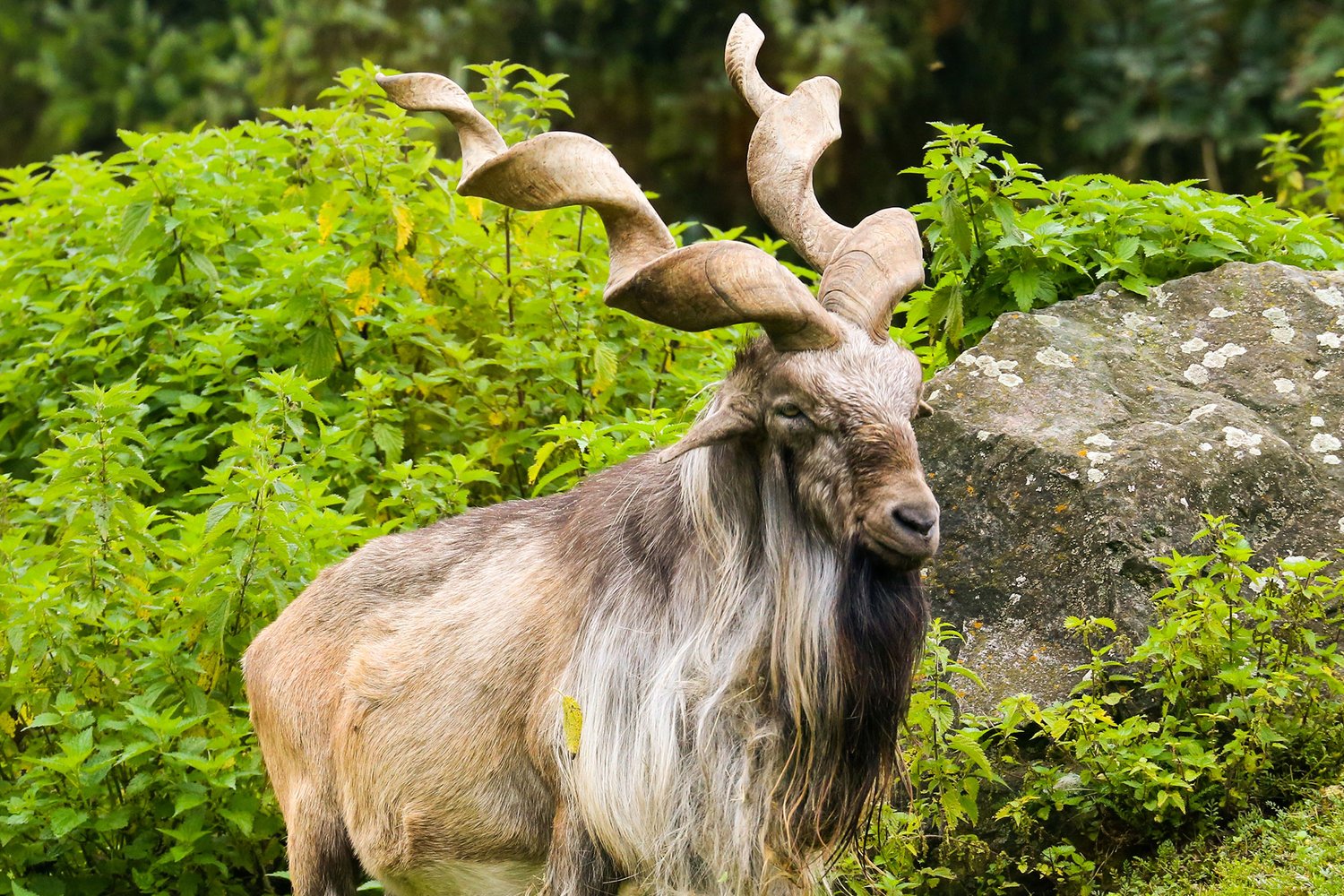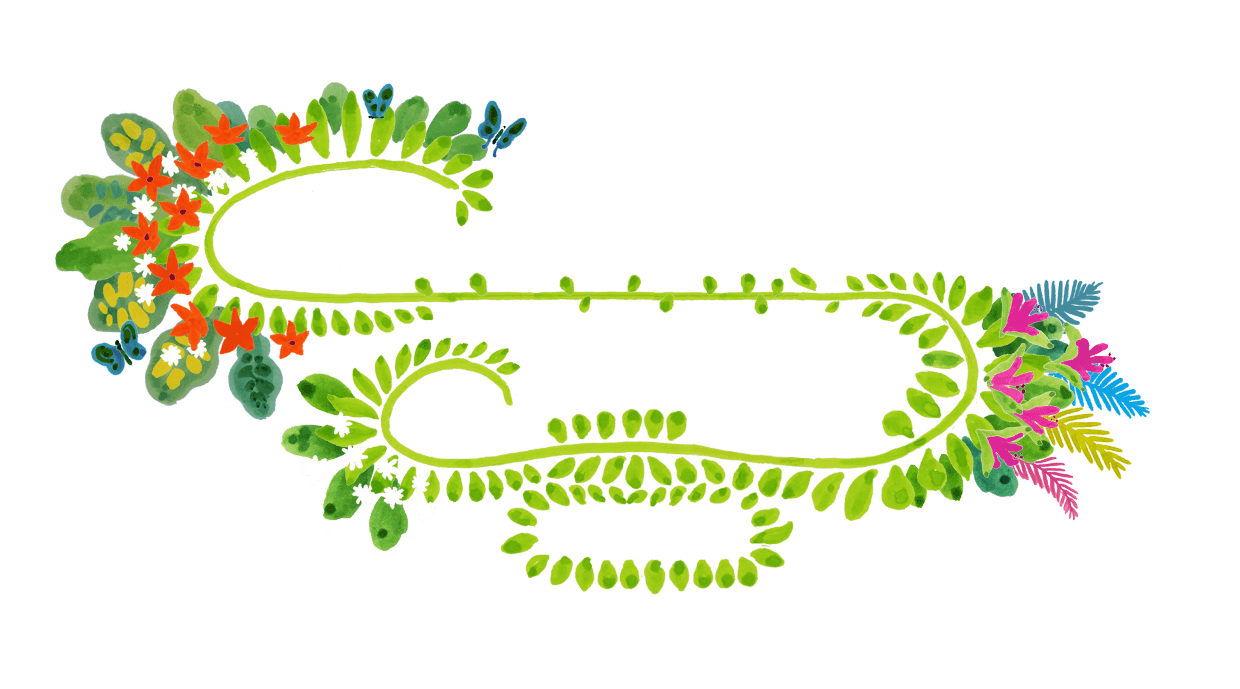
Insight
The Ziarat juniper forest
Cover image: Yasinybayol, CC BY-SA 4.0, via Wikimedia Commons
The Ziarat juniper forest in Pakistan is believed to be the second largest of its kind in the world - covering around 110,000 hectares.
The forest biome is a genetic time capsule to the past with trees estimated at between 1,500 to 5,000 years of age. The local inhabitants regard the forest’s life as precious as their own and refer to the trees as living fossils.
Juniperus excelsa polycarpos (as found growing at Ziarat) are regarded as the slowest growing of all trees - growing just 25mm a year and 1 mm in breath - often found at high altitude testing environments and known locally as the guardians of high mountains.

The Ziarat forest is uniquely positioned at the junction of five different vegetation zones offering incredible biodiversity and habitat.
Rare wildlife such as keystone Baluchistan and Asian black bears and the endemic sulaiman markhor still roam amongst the juniper trees and rocky outcrops.
The forest also includes a rich diversity of other trees such as the wild ash, wild pistachio, surai and wild almond. Over 50% of the forest species are used locally for medicinal purposes.


The Ziarat juniper forest was declared a Biosphere Reserve in 2013 but is still subject to deforestation and harvesting for firewood in particular. The trees are also under pressure from drought as snowfall and rain patterns have become irregular and the use of banned herbicides on local apple orchards are having a direct impact on the ancient trees.




